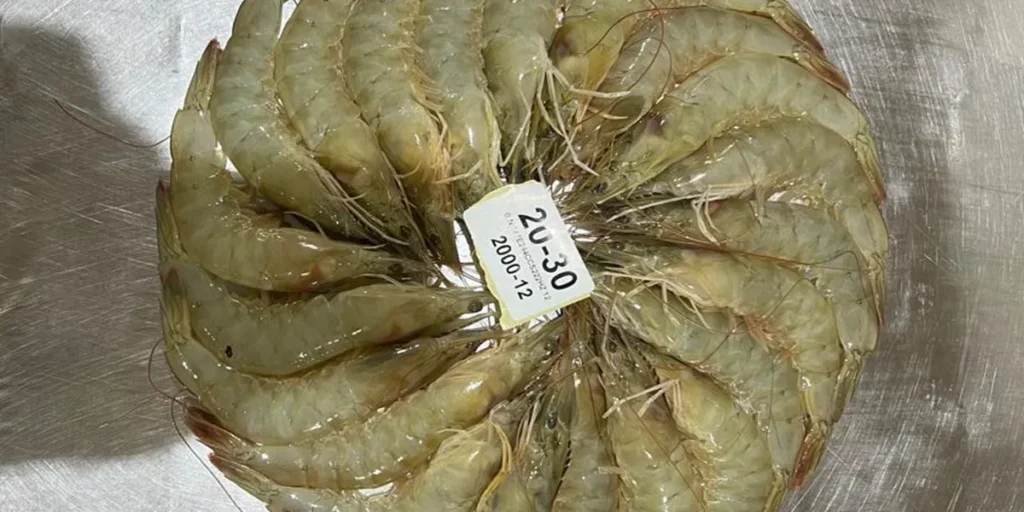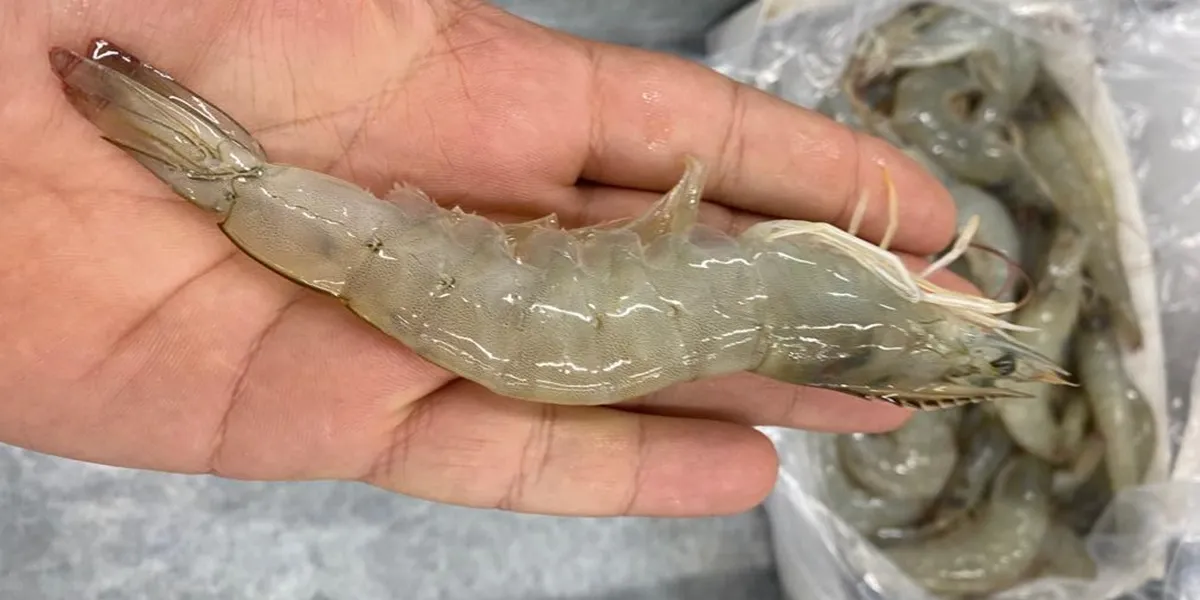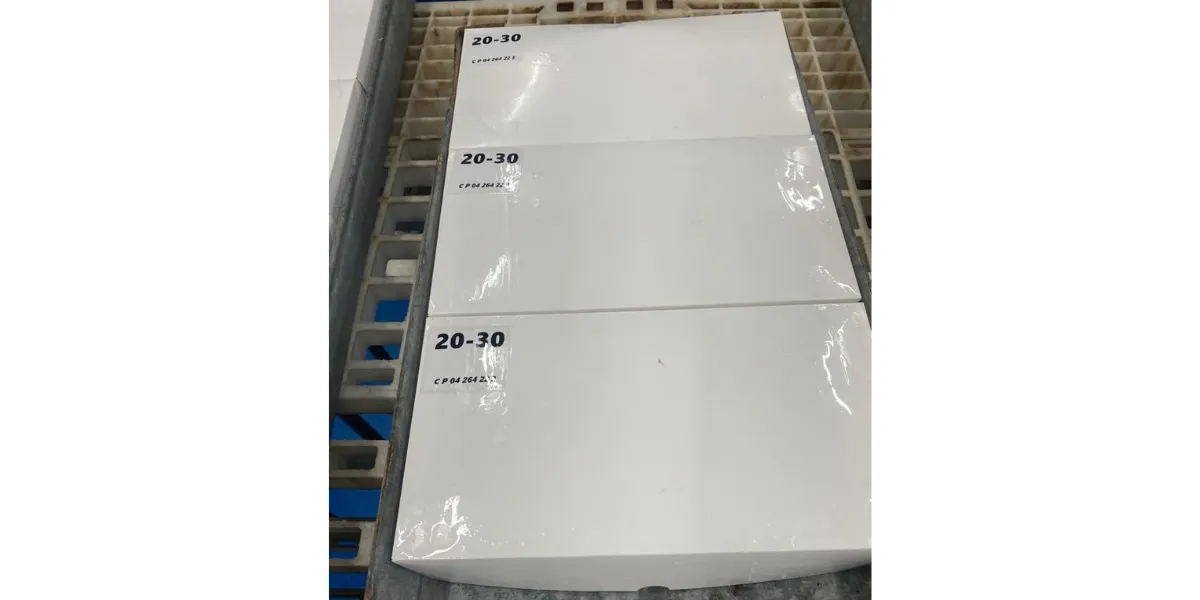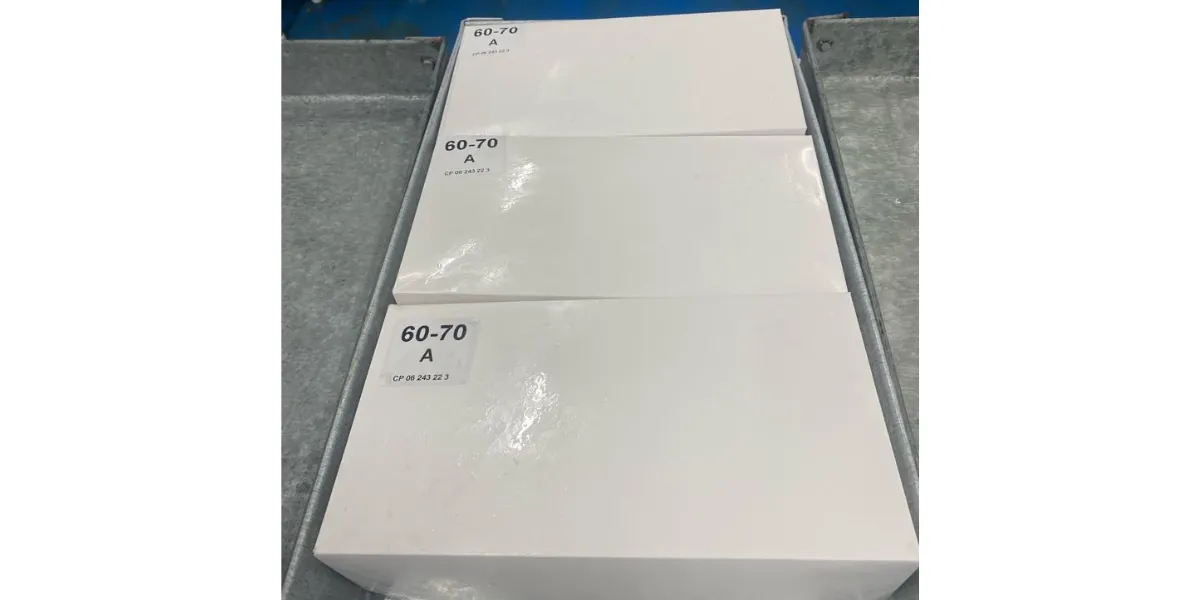If you’re searching for a seafood product that delivers both premium quality and economic value, look no further than high quality and cost effective shrimp. This category of shrimp has become a top pick for importers, chefs, and distributors who refuse to compromise on taste, texture, or budget. Whether you’re sourcing for retail shelves or restaurant kitchens, the right shrimp can elevate your offering—and Iranian shrimp is leading the way.
Thanks to Iran’s unique coastal environment and evolving aquaculture practices, producers are now able to deliver shrimp that meets international standards while keeping production costs competitive. From hatchery to harvest, every step of the shrimp farming process is optimized for efficiency and sustainability. The result? Shrimp that’s clean, flavorful, and priced to move.
In this article, we’ll explore why Iranian shrimp is gaining global attention as a high quality and cost effective option. Stay with us to uncover the science, strategy, and sourcing benefits behind this rising star in the seafood world.
Unique Farming Conditions in Iran Create Naturally Superior Shrimp
Iran’s southern coastline along the Persian Gulf offers a rare combination of warm temperatures, high salinity, and low industrial pollution—perfect for cultivating shrimp with superior taste and texture. These natural conditions reduce the need for chemical additives and antibiotics, resulting in high quality and cost effective shrimp that appeals to premium markets.
Environmental advantages:
- Stable water temperatures year-round
- High plankton density for natural feeding
- Minimal pollution in farming zones
According to the Iran Shrimp Research Center, Bushehr province accounts for nearly 60% of national shrimp production. Farms in this region benefit from nutrient-rich waters that enhance shrimp growth and flavor.
Pishva Holding, one of Iran’s leading exporters, has strategically located its farms in these coastal zones. Their shrimp farming process begins with water filtration and quality testing, ensuring optimal conditions before stocking post-larvae. This natural foundation contributes to consistent product quality and reduced farming costs.
For buyers seeking reliable seafood sources, Iran’s geography offers a built-in advantage. The shrimp produced here isn’t just affordable—it’s naturally better.
Scientific Farming Practices Keep Costs Low and Quality High
Iranian shrimp farms are increasingly adopting smart aquaculture technologies to improve efficiency and reduce overhead. These include automated feeders, aeration systems, and real-time water quality monitoring—all of which contribute to producing high quality and cost effective shrimp.
Scientific methods used:
- SPF (Specific Pathogen-Free) broodstock
- Probiotic feeding protocols
- Centralized drainage and water recycling
According to Fard Fishery and Shrimpy Co., leading Iranian Shrimp Supplier & Wholesale companies, these practices have significantly reduced mortality rates and improved feed conversion ratios. The result is healthier shrimp with better texture and flavor, produced at lower cost.
Iranian hatcheries follow FAO and national guidelines, using recirculating aquaculture systems (RAS) to minimize water usage and improve biosecurity. Farms also integrate nursery phases to stabilize growth before transferring shrimp to grow-out ponds.
This scientific rigor ensures consistent quality across batches, making Iranian shrimp a dependable option for importers. It’s not just about farming—it’s about precision, sustainability, and smart economics.
Competitive Export Infrastructure Reduces Overhead
Iran’s shrimp export infrastructure is designed for speed, efficiency, and compliance. With access to major ports like Bandar Abbas and Chabahar, producers can ship shrimp quickly to Asia, Europe, and the Middle East. This proximity reduces freight costs and preserves product freshness—key factors in delivering high quality and cost effective shrimp.
Export logistics advantages:
- Reefer containers with cold chain integrity
- IQF and blast freezing technologies
- Full documentation: health certificates, traceability reports
According to Atlas Meigoo and IRANIMEX, Iran’s shrimp exports have grown steadily, with China, UAE, and Russia among the top destinations. Exporters like Pishva Holding offer flexible INCOTERMS and multilingual support, making the process smoother for international buyers.
Iran’s government also supports aquaculture through subsidies and streamlined customs procedures. These factors reduce overhead and improve margins for importers.
For distributors and retailers, this means fewer delays, lower costs, and consistent product quality. Iran’s shrimp farming process doesn’t just end at harvest—it extends to global delivery.
Price-to-Quality Ratio Beats Regional Competitors
Iranian shrimp offers one of the best price-to-quality ratios in the global seafood market. Compared to exporters from India, Thailand, and Ecuador, Iran delivers high quality and cost effective shrimp that meets international standards without the premium price tag.
Price comparison snapshot:
| Country | Avg. Export Price (USD/kg) | Quality Rating | Antibiotic-Free |
| Iran | $4.20 | High | Yes |
| India | $4.80 | Medium | Mixed |
| Ecuador | $5.10 | High | Yes |
Iran’s competitive pricing is driven by lower labor costs, government subsidies, and efficient farming models. According to GRÓ Centre’s cost-benefit analysis, Iranian farms achieve strong margins even at modest export prices.
This balance makes Iranian shrimp ideal for buyers seeking premium quality without overspending. Whether for retail, foodservice, or wholesale, the value proposition is clear: better shrimp, better margins.

Sustainability Adds Long-Term Value
Sustainability is no longer optional—it’s a requirement. Iranian shrimp farms are increasingly aligning with global environmental standards, adopting practices that reduce waste, conserve water, and minimize chemical use. These efforts enhance the long-term viability of producing high quality and cost effective shrimp.
Sustainability highlights:
- ASC and HACCP compliance
- Probiotic feeding to reduce antibiotics
- Water recycling and nutrient management
Research from Civilica and Guilan University shows that Iran’s shrimp aquaculture industry is actively addressing environmental concerns, including wastewater treatment and nutrient runoff.
Community-based farming models also support local economies, creating jobs and reducing ecological pressure. For buyers focused on ESG metrics, Iranian shrimp offers a responsible sourcing option that doesn’t compromise on quality or cost. Sustainability isn’t just good ethics—it’s good business. And Iran is proving that with every harvest.
Final Takeaway: Why Iranian Shrimp Is a Smart Investment for Quality and Value
In a market flooded with options, choosing shrimp that balances quality and cost is no small feat. Iranian producers have cracked the code by combining natural advantages—like warm, plankton-rich waters—with smart farming systems and streamlined logistics. The result is high quality and cost effective shrimp that competes with top exporters from Asia and Latin America.
What makes Iranian shrimp stand out isn’t just its flavor or texture—it’s the consistency. Farms use SPF broodstock, probiotic feeds, and real-time water monitoring to ensure every batch meets global standards. Processing facilities follow HACCP and ISO protocols, and exports are backed by full documentation and cold chain integrity.
For buyers, this means fewer risks, better margins, and a product that performs across culinary and retail applications. Iranian shrimp isn’t just affordable—it’s dependable, sustainable, and ready for global markets.
If you’re ready to rethink your sourcing strategy, this is the shrimp worth betting on.
FAQ
1: What makes Iranian shrimp high quality and cost effective?
Natural farming conditions, smart aquaculture practices, and efficient export logistics combine to deliver premium shrimp at competitive prices.
2: Are Iranian shrimp farms certified?
Yes. Many farms follow HACCP, ISO 22000, and ASC standards, ensuring global compliance.
3: How is shrimp quality preserved during export?
Through IQF freezing, cold chain logistics, and full traceability documentation.
4: Can Iranian shrimp be used for retail and foodservice?
Absolutely. It’s available in multiple formats—HOSO, PD, PDTO, Nobashi—suitable for diverse applications.
5: Is Iranian shrimp environmentally sustainable?
Yes. Farms use probiotic feeds, water recycling, and eco-friendly systems to reduce impact.




